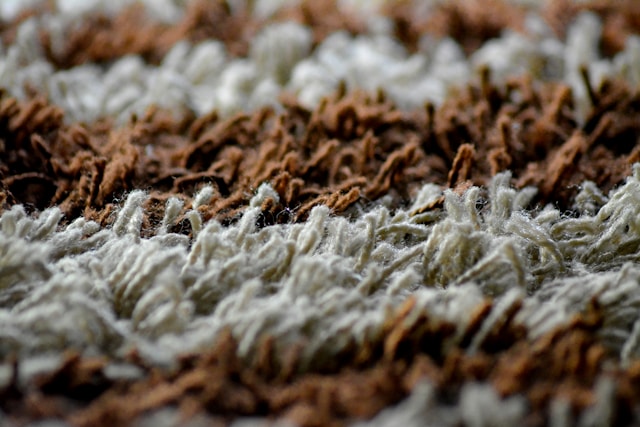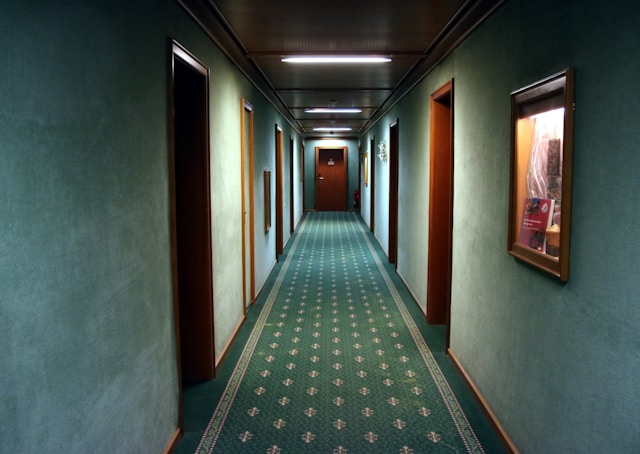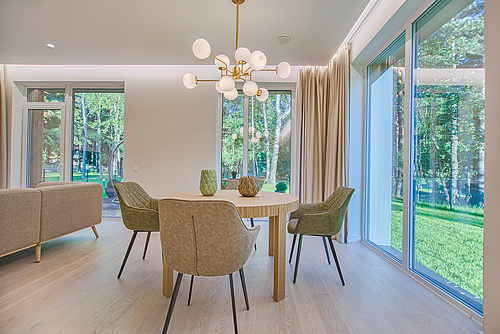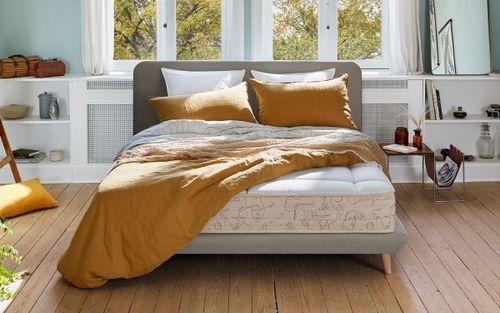Is Investing in High-Quality Carpets Worth It?
Introduction
Carpets play a pivot role in the world of home and office decorum. As functional utilities, they add a layer of warmth, texture, and color that sets the tone of any space to which they are added. From synthetic carpets that are economically valued to luxurious high-end products, the carpet industry includes a whole multitude of products. Such a plethora of options incites a lasting debate among homeowners, decorators, and business owners: Are top-quality carpets really worth shelling out money for them?
High-quality carpets are those kinds of carpets that are always praised for the superior quality of material, workmanship, and the enduring appeal they have, but usually, it comes at a high or expensive price. This paper, therefore, attempts to dissect the details of the high-quality carpets, from how they are made and the value they bring in terms of aesthetics, to environmental effect and economic value, to discern if such an investment is actually worth every penny.
The Composition and Durability of High-Quality Carpets

Materials
The quality of the carpet will depend on the kind of materials out of which it is made. The strong and luxurious feel is mostly propagated to be offered by natural fibers such as silk, wool, and cotton in their opposition to synthetic nyloPA, polypropylene, and polyester. The high-quality carpets do tend to feature the natural fiber due to its natural resilience and combined tactile appeal that substantially adds to the life of the carpet and general performance.
Construction
The method of construction is the most important factor regarding the strength of the carpet. Although the production of a hand-knotted or handwoven carpet is more labor-intensive, they do represent great durability and uniqueness. Machine tufting produces cost-saving carpets that are less durable compared to hand-woven ones. Other contributing factors to the endurance of the pile against wear from foot traffic and weight from furniture include the density of the pile: how many fibers really are there in a square inch, and how good is the tufting quality.
Durability Factors
The other pointer is the fact that good quality carpets are designed to last a lifetime. Important are those aspects of stain resistance and ease of maintenance—qualities that are paramount with an ability to retain the look over time. Fiber technology and treatments have gotten to the point that the best carpets offered are going to be resistant to spills and stains better, making them live longer and be much easier to maintain. Not to mention the quality of construction, which is enough to guarantee years of wear and tear without losing the aesthetic appeal.
Aesthetic and Comfort Considerations

Visual Impact
Aesthetic part: definitely—the expensive carpet, if taken for granted. Coming in plenty of textures, colors, and patterns, they can be either the foundation of the room's design or freestanding pieces to pull everything together. The depth and richness of the color in natural fibers, coupled with the intricacy of the patterns of hand weaving, are very difficult to reproduce with low-quality products. Studies related to interior design, which show that the aesthetic appeal of a space may actually affect the mood and productivity of persons, show that quality carpeting is one of the decisions that have to be made in affecting the sum total ambiance of any space.
Comfort
A high-quality, comfortable carpet offers more than just a soft feel underfoot. The insulating properties, underfoot softness, and noise-absorbing ability of a carpet are generally influenced by the density and height of its pile. Indeed, these quality carpets are also of a denser pile that will improve not only the luxurious feel but also the insulating properties that the carpet provides, promising potential savings on the energy bill. A study found that the proper carpet can make indoor thermal comfort, such as making rooms warmer in the winter and cooler in the summer, a potential contributor to lower heating and cooling costs.
Health and Environmental Implications

Indoor Air Quality
In fact, it remains an open discussion if carpeting really influences the indoor air quality or not. The superior-type ones are even often made of fewer volatile organic compounds (VOCs), and some are designed to bind with allergens and dust so they can be vacuumed away through cleaning. In fact, a study released by the Int J Environ Res Public Health found that well-maintained carpets could even enhance the quality of enclosed-space air because the matting retained particles and allergens that would otherwise float in the air.
Sustainability
In the production of high-quality carpets, the environmental footprint on natural fibers is the most important issue. The development of sustainable practices in the line of carpets to use renewable materials and operate with energy-efficient production processes is getting more and more important. The European Carpet Association (ECRA) cites that there is a growing trend toward recycling carpets and using recycled content in carpet production. This, in a way, brings to light the advancements of the industry toward sustainability. The high-quality carpets, combined with the green practices, reduce the impact on the environment; hence, consumers with high sensitivity toward the environment get attracted.
Its multifaceted value is most easily recognized in the aesthetic, comfort, health, and environmental contribution that quality carpets make to spaces. The following part of the analysis describes the cost versus some of the benefits and sums up with selected case studies and expert opinions on the value of investing in a quality carpet.
Cost-Benefit Analysis

Initial Investment vs. Longevity
No doubt, the first-hand and up-front costs are higher for good quality carpets than poor quality ones, but looking at the life of these carpets, many times it justifies an investment. Finally, the best carpets will last you for years to come, particularly those made with high-quality, natural, and long-wearing fibers, along with tough construction techniques. The cost of laying the woolen carpet may be more expensive, but the total life cycle of wool carpets can be up to twice as synthetic-fiber ones.
Resale Value
The quality of carpets is always going to be considered much more for the effect it has on the properties' value in the room. Often said by real estate analysts, estate agents, and experts do say that the quality of finishes in a home can impact market value and enhance the allure to prospective buyers. Quality carpets can enhance the sense of upscale and, consequently, raise the beauty and resale value of the property.
Hidden Costs
Cleaning and maintenance costs for first-class quality carpets may also be expensive, given the effort and caution to keep them in perfect condition and last longer. Still, their wear and stain tolerance could balance the cleaning cost while the frequency of change of the carpet would be much lesser.
Case Studies and Expert Opinions

This further has been put into perspective by certain real-life cases regarding the value of having invested in good quality of carpets. For example, the flooring maintenance cost had reduced to a great extent due to the timelessness and durability of the carpet, since it switched over to high-quality woolen carpets.
Interior designers are often strong advocates of the use of high-quality carpets to make a contribution, and not detract from, the design integrity of a space, with their aesthetic and tactile benefits. The majority of professionals said specifying quality carpets for high traffic areas will outlast time and changing fashions.
Conclusion

Look at high-quality carpets from all the above angles—it is a very complex case. In that light, with other things equal, the higher initial cost of ownership pays off due to durability, aesthetic appeal, softness, health, environmental impact, and even future resale value.
Finally, investing in high-quality carpets is not just a cost up-front, but an investment in longevity, quality of life, and sustainability. For those to whom this aspect is relevant, an investment in high-quality carpets is, without doubt, worthwhile. Just as with any other large investment, the decision should resemble the personal values, lifestyle, and long-term financial considerations.







